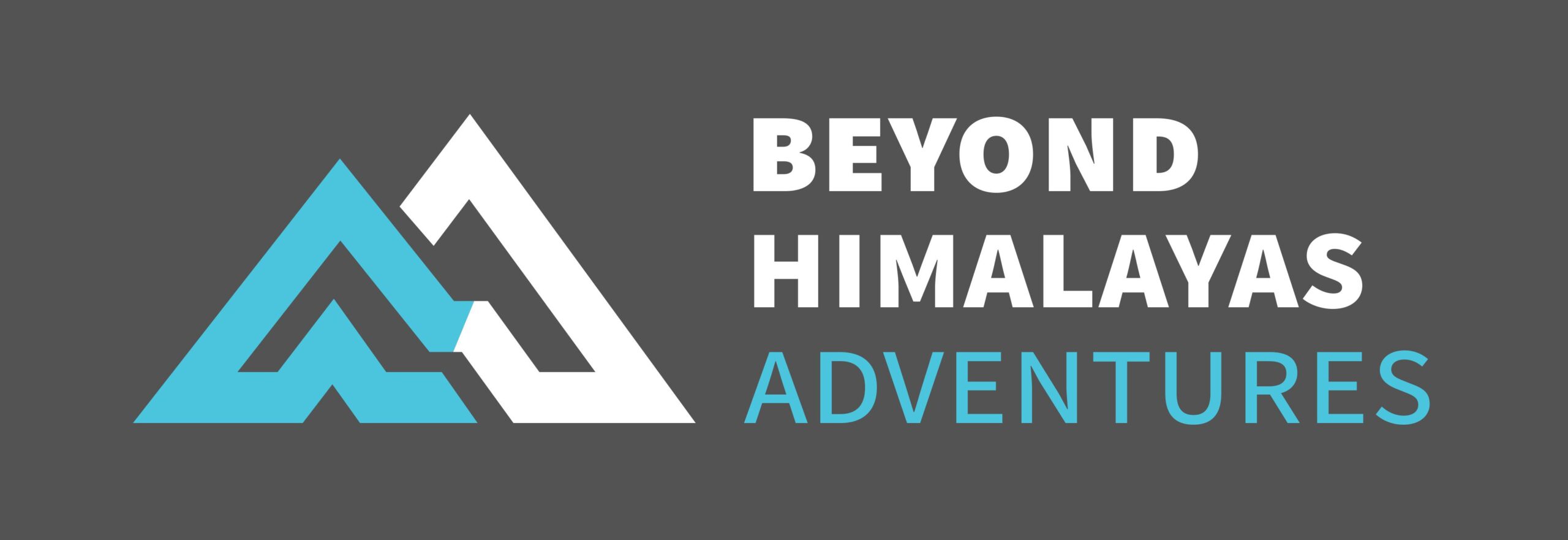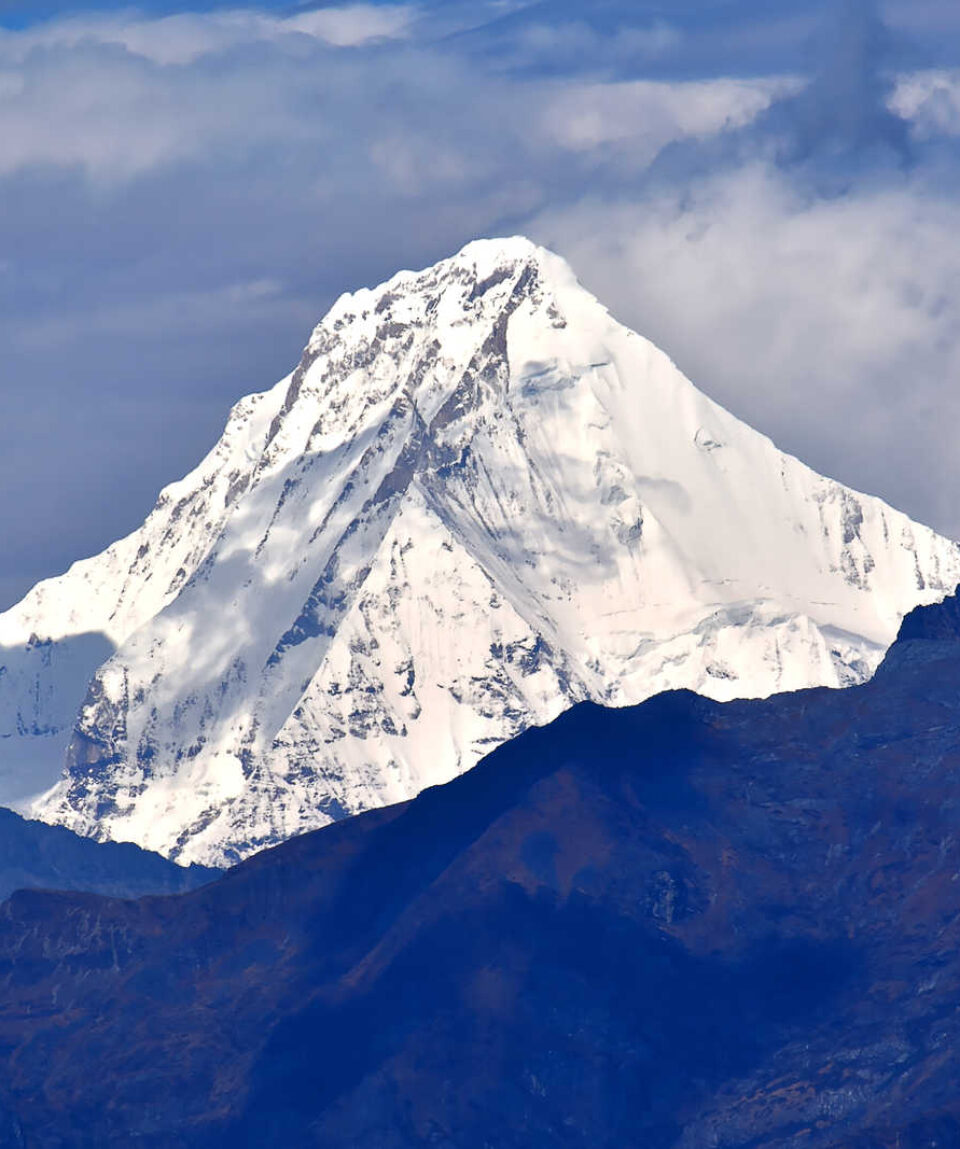Chomolhari Trek
fromTrek through the unspoiled wilderness and visit the breath-taking Tiger’s Nest Monastery and immersed in the culture of this ancient Himalayan kingdom of Bhutan
-
Reviews 0 Reviews0/5
-
Vacation Style Holiday Type
-
Hiking
-
-
Activity Level Strenuous
-
Group Size Medium Group
This intimate wilderness trek offers a great variety of trekking conditions, from remote farmland and blue pine forests to alpine pastureland and breathtaking mountain views. It is an ideal adventure for nature lovers who are seeking a Himalayan wilderness immersion. From the ruins of Drukgyal Dzong (fortress of the Victorious Drukpas), below such beautiful peaks, you will hike through the heart of wildlife-rich areas. The sky-piercing peaks, thunderous waterfalls, turquoise lakes and streams, rolling meadows filled with wildflowers, remote yak herders villages, and forests of rhododendron, pine, and juniper provide the perfect backdrop for this inspiring and challenging adventure. You will be rewarded with close-up views of Bhutan’s most beautiful peaks, amongst others Bhutan’s second-highest mountain, Chomolhari with 7,314m, also known as Mt. Jhomolhari. This 8-day trek is one of the most popular in Bhutan. It’s a moderately challenging trek that crosses over both Bhonte La pass 4,890m (16000 feet) and Takhung La pass 4,520m and attracts visitors for its spectacular views of Mt. Jomolhari 7,326m (24000 feet).
Trip Highlights
- Undertake the finest short trek in the Kingdom of Bhutan
- Cross the high passes of Nyile La (4700m) and Yale Pass (4950m)
- Camp below the sacred peak of Jomolhari (7314m)
- Soak up classic views of the Himalayas on a fully supported trek
- Experience the rich culture of Bhutan, exploring ancient dzongs and mountain monasteries
- Airport transfer and escorts in Bhutan.
- All meals during the trek. (breakfast, lunch, dinner, tea, and coffee)
- Accommodation while on the trek
- Transportation as itinerary
- Tour guide throughout
- Bhutan Monuments entrance fees
- Porters and pack animals to carry trekking gear in Bhutan
- All necessary trekking permits
- Bhutan government royalty and local taxes
- All guided sightseeing in Bhutan
- Bhutanese visa
- International airfares
- International airport tax and entry visa fees
- Trekking and personal Equipment
- Any type of personal expenses, such as alcoholic beverages and drinks, phone and laundry.
- Cost arising out of Flight Cancellation/road blockades/ landslides and events beyond our control
- Expenses of personal nature and any other expenses not mentioned in the above cost
- Tips & Gratuities to porters and guides
- Travel insurance
- Day 1 Arrival at Paro (2,280m/7,480ft)
- Day 2 Sightseeing and Acclimatization Hike to Tiger’s Nest Monastery (3,180m/10,433ft) 4-5 hrs
- Day 3 Trek from Drukgyal Dzong (Paro) to Shana (2,850m/9,350ft) 5-6 hrs
- Day 4 Trek from Shana to Sio Thangthangkha (3,750m/12,303ft) 7-8 hrs
- Day 5 Sio Thangthangkha to Jangothang (4,050m/13,287ft) 5-6 hrs
- Day 6 Acclimatize at Jangothang
- Day 7 Trek from Jangothang to Lingshi (4,100m/13,451ft) 6-7 hrs
- Day 8 Trek from Lingshi to Shodu (4,100m/13,451ft) 8-9 hrs
- Day 9 Trek Shodu to Domshisa via Barshong (3,400m/11,155ft) 7-8 hrs
- Day 10 Trek Domshisa to (Thimphu) 4-5 hrs
- Day 11 Thimphu to Paro and Depart
The main emphasis while trekking is on keeping warm and dry while still being lightweight. You should bring a rucksack or backpack for the gear required during the day. Your pack should contain items such as warm clothes, a jacket, a camera, water bottles, a personal first aid kit, and snacks. The weight limit is 5kg. A porter will carry the rest of your personal equipment packed in a duffel or kit bag. The weight limit for your duffel bag is 15 kg however it is different in the case of peak climbing and expedition.
A Note on Packing
For your international flights, we recommend that you pack all your equipment in your two duffle bags or suitcase. Do not simply pack your backpack (since the straps can be damaged by the baggage handling machines). It is important to lock these bags for their trip. Depending on the airport, you may be able to put your travel locks on after TSA has searched the bags. If not, Lock the bags with Zip Ties. If the TSA cuts off the zip-tie to search your bag, they will replace it. You will still need the travel locks to lock your bags in the hotel and during the trek. Generally, you will take one duffel on the trek , and leave one in the hotel in Bhutan with your belongings for your time in the city. Your trek in duffel will only be accessible in the evenings (with items such as changes of clothing, sleeping bag), and your day pack will hold vitals such as water, layering, blister kit, and camera.
Headwear
- Sun Hat/Normal cap
- Fleece or woollen hat
- Earmuffs/Ear warmers (optional)
- Sunglasses with UV protection
- Buff Scarf / thin face mask
Handwear
- Fleece or woollen thin gloves
- Gore-Tex mitten gloves
Bodywear
- Gore-Tex Jacket
- Gore-Tex Pant
- Hiking pant
- Fleece trouser and jacket or warm jumper – Recommended not thick but warm enough that fits inside the Gore-Tex pant
- Anti-sweat T-shirt
- Thermal inner trouser
- Down jacket with hoodie
Footwear
- Trekking boots
- Hollow Out Outdoor Slipper
- Trekking socks (4-5 pair)
- Snow Gaiter
Other equipment
- Sleeping bag (comfort rated – 15 ºC)
- 30 Liter Rucksack with cover
- Large size Duffel Bag with padlock
- Headlamp with spare batteries
- Water bottles 1 Liter
- Thermos
- Basic First Aid Kit including antiseptic cream, throat lozenges, diarrhoea treatment (Imodium), altitude (Diamox), painkillers, plasters and blister treatment, insect repellent, and re-hydration salts (Dioralite). Glucose tablets and multi-vitamin tablets are also a good idea.
Washing Kit & Toiletries
- Waterproof washing kit bag
- Towel – medium size
- Washing soap, towel, tooth pest, toothbrush etc.
- Sun Lotion Enough +30SPF (including total bloc for lips, nose etc.)
- Handwash & sanitizer
- Toilet paper (you can buy this in the lodges)
- Wet tissues
Optional items
- Trekking poles
- Trainers or similar for use in the lodges
- Shorts
- Baselayer leggings
- Gaiters
- Sleeping bag liner
- Pillowcase
- Earplugs (particularly if you are not the one snoring)
- Camera
- Pen-knife (remember to pack sharp objects in hold baggage)
- Repair kit – (e.g. needle, thread, duct tape)
Conclusion:
As the weather condition is unpredictable in the Himalayan region, you need to be prepared at all times. A day can start sunny with clear skies and later become cold and windy at the high altitudes.
Sometimes, it can rain and snow during the trekking period. You need to remember that for a successful trekking journey, your physical comfort must be the first priority.
Note:
Please note that these items listed above will vary according to the season, trek duration. Please remember that your luggage will be carried by the porter, but you need to carry a daypack on your own. We also suggest you pack only necessary items to keep the weight of your equipment to a minimum.

Stunning Chomolhari Trek’s best seasons are between the months of April to June and between the months of September to November. Chomolhari trek is a tented camping trekking at high altitudes requiring quite a fair bit of physical fitness level with passion towards Himalayan trekking adventure.
Though a bit challenging, trip grade of difficult in intensity, nonetheless, rewards you with amazing landscapes, splendid views of Mt Chomlahari (7315 m) and Jichu Drake (6795 m), and one of the finest high-altitude trek in Bhutan.

